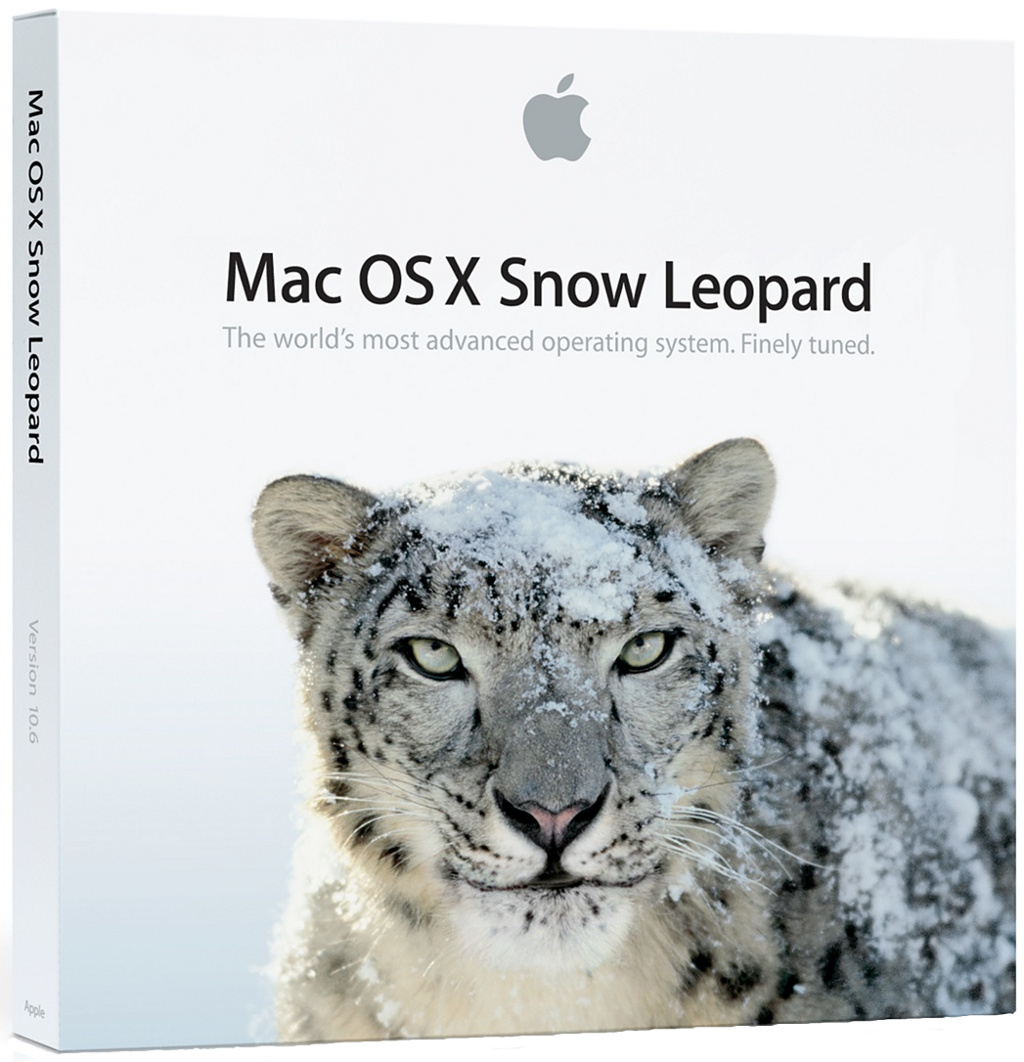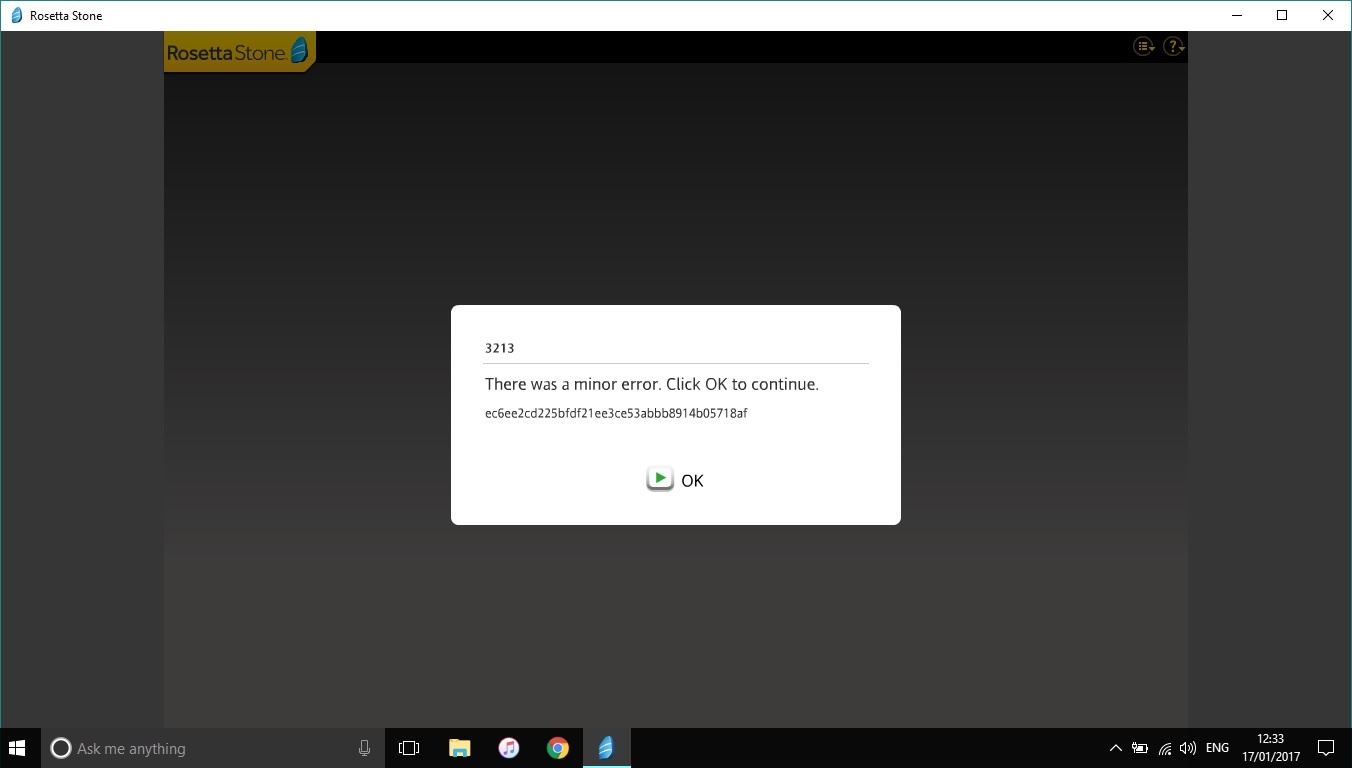- This can be accomplished by holding down 2 and 3 during boot on computers running Mac OS X 10.6 or Mac OS X 10.7. The 32-bit kernel is not available with Mac OS X 10.8. Rosetta is no longer supported in Mac OS X 10.7 or later. Because previous versions of NI-488.2 use Rosetta, some components will not work even if booted into 32-bit kernel mode.
- Rosetta3.4 on Mac 10.6.8 #1. I tried to install rosetta on a Mac OS 10.6.8. I tried: scons bin mode=release. And get following message: scons: Reading SConscript.
- 10.6: Disable and enable Rosetta via Terminal Oct 30, '09 07:30:04AM. Contributed by: Brak If you have already installed Rosetta on your Intel Mac in Snow Leopard, you may want to disable it, so as to prevent the system from running PowerPC apps without informing you that they are non-native to your system's architecture.
PowerPC application (Microsoft Word for Mac 2004) running on OS X for Intel in Rosetta | |
| Developer(s) | Apple Inc. |
|---|---|
| Operating system | Mac OS X 10.4.4–10.6.8 (Intel) macOS Big Sur 11.0–present (ARM) |
| Type | PowerPCbinary translation (original version) Intel binary translation (Rosetta 2) |
Rosetta Crashes Resolved with Mac OS X 10.6.8 Security Update 2012-001 v1.1 says: February 4, 2012 at 11:39 am has released an updated version of Security Update 2012-001 to v1.1, which resolves the Rosetta issues in the first release that caused many PPC based applications to either crash or not run at all.
Rosetta is a dynamic binary translator developed by Apple Inc. for macOS, an application compatibility layer between different instruction set architectures. It gives developers and consumers a transition period in which to update their application software to run on newer hardware, by 'translating' it to run on the different architecture. The name 'Rosetta' is a reference to the Rosetta Stone, the artifact which enabled translation of Egyptian hieroglyphs.[1]
The first version of Rosetta, introduced in 2006 as a component of Mac OS X Tiger, allows PowerPC applications to run on Intel-based Macs. The second version, introduced in 2020 as a component of macOS Big Sur, is part of the Mac transition from Intel processors to Apple silicon.[2]
Background[edit]
Apple has used four series of CPU architectures in its Macintosh line of computers: the Motorola 68000 series, the PowerPC series, the Intel Core series, and its own series of ARM-type processors. Each transition has rendered software produced for the earlier architecture incompatible with the new one, creating a need for software allowing the newer platform to emulate the previous one.
When it introduced its first PowerPC systems, Apple included software in System 7.1.2 and later versions of the operating system to emulate a 68000-series system. This emulator takes advantage of features built into the PowerPC processors, and accesses the very lowest levels of the OS, running at the same level as – and tightly connected to – the Mac OS nanokernel. This means that the nanokernel is able to intercept PowerPC interrupts, translate them to 68k interrupts (then doing a mixed mode switch, if necessary), and then execute 68k code to handle the interrupts. This allows lines of 68k and PowerPC code to be interspersed within the same fat binary.
Rosetta[edit]
| Mac transition to Intel processors |
|---|
Apple released the first version of Rosetta in 2006 when it began switching the Macintosh line from the PowerPC to the Intel processor. It was initially included with Mac OS X v10.4.4 'Tiger', the version that was released with the first Intel-based Macs, and allows many PowerPC applications to run on Intel-based Mac computers without modification. Rosetta is based on QuickTransit technology.[3] It has no user interface, and launches as needed with no notification of the user, which led Apple to describe it as 'the most amazing software you'll never see'.[4] Rosetta is not installed by default in Mac OS X v10.6 'Snow Leopard', but is available as an installable option.[5] Rosetta is neither included nor supported in Mac OS X v10.7 'Lion' or later, which therefore cannot run PowerPC applications.[5]
Because of the greater architectural differences between Intel and PowerPC processors, Rosetta operates at a higher level than the 68000 emulator did, as a user-level program that can only intercept and emulate user-level code. It translates G3, G4, and AltiVec instructions, but not G5 instructions. Although most commercial software for PowerPC-based Macs was compatible with these requirements (G4 systems were still widely used at the time), any applications that relied on G5-specific instructions had to be modified by their developers to work on Rosetta-supported Intel-based Macs. Apple advised that applications with heavy user interaction but low computational needs (such as word processors) would be best suited to use with Rosetta, while applications with high computational needs (such as games, AutoCAD, or Photoshop) would not.[6]
Rosetta also does not support the following:[7]
- The Classic environment, and thus any non-Carbon application built for Mac OS 9 or earlier
- Code that inserts preferences into the System Preferences pane
- Applications that require precise exception handling
- Screen savers
- Kernel extensions and applications that depend on them
- Bundled Java applications or Java applications with JNI libraries that cannot be translated
- Java applets in Rosetta-translated applications, meaning that a native Intel web browser application, rather than a legacy PowerPC version, must be used to load Java applets
Rosetta 2[edit]
| Mac transition to Apple Silicon |
|---|
In 2020, Apple announced Rosetta 2, to be included starting with macOS Big Sur and aid in the Mac transition to Apple Silicon from Intel processors.[2][8] In addition to the just-in-time (JIT) translation support available in Rosetta, Rosetta 2 includes support for ahead-of-time compilation (AOT) translation when an application is installed.[9] Rosetta 2's performance has been praised greatly.[10][11] In some benchmarks, Rosetta 2 performed better than the older native Intel hardware Macs used. Rosetta 2 works for a lot of software, but not all, some doesn't work at all,[12] or reported 'sluggish'.[13] A lot of software could be made compatible with the new Macs, by recompiling by the vendor of the software, often a simple task, while for some software (such as software that includes assembly language code, or that generates machine code), the changes to make work aren't simple or automated.
Similar to the first version, Rosetta 2 does not normally require user intervention. When a user attempts to launch an Intel-only application for the first time, macOS prompts them to install Rosetta 2 if it is not already available. Subsequent launches of x86 programs will execute via translation automatically. An option also exists to force a universal binary to run as Intel code through Rosetta 2, even on an ARM-based machine.
See also[edit]
- Fat binary § Apple's fat binary – combined 68k/PPC applications that run natively on both processors
- Universal binary – combined PPC/Intel applications that run natively on both processors
- Universal 2 binary – combined Intel/ARM applications that run natively on both processors
References[edit]
- ^Core Duo iMacs debut speedy new chipsArchived March 3, 2012, at the Wayback Machine
- ^ abWarren, Tom (June 22, 2020). 'Apple is switching Macs to its own processors starting later this year'. The Verge. Retrieved June 22, 2020.
- ^'The brains behind Apple's Rosetta: Transitive'. CNET News.com. June 8, 2005. Archived from the original on July 14, 2014. Retrieved July 4, 2007.
- ^'Rosetta'. Apple. Archived from the original on November 16, 2010. Retrieved September 5, 2011.
- ^ abAppleInsider Staff (February 26, 2011). 'Mac OS X Lion drops Front Row, Java runtime, Rosetta'. AppleInsider. AppleInsider, Inc. Archived from the original on April 29, 2014. Retrieved February 27, 2011.
- ^'Rosetta'(PDF). Universal Binary Programming Guidelines, Second Edition. Apple. Archived from the original(PDF) on August 3, 2012. Retrieved September 5, 2011.
- ^'What Can Be Translated?'(PDF). Universal Binary Programming Guidelines, Second Edition. Apple. Archived from the original(PDF) on August 3, 2012. Retrieved September 5, 2011.
- ^Mayo, Benjamin (June 22, 2020). 'Apple announces Mac architecture transition from Intel to its own ARM chips, offers emulation path'. 9to5Mac. Retrieved June 23, 2020.
- ^WWDC2020 Keynote. Apple Inc. June 22, 2020. Event occurs at 1h39m37s.
It translates the apps when you install them, so they can launch immediately and can be instantly responsive. Rosetta 2 can also translate code on the fly when needed.
- ^Evans, Jonny (November 19, 2020). 'Everything you need to know about Rosetta 2 on Apple Silicon Macs'. Computerworld. Retrieved December 8, 2020.
- ^'Yeah, Apple's M1 MacBook Pro is powerful, but it's the battery life that will blow you away'. TechCrunch. Retrieved December 8, 2020.
- ^Carlton, Sam (December 8, 2020). 'ThatGuySam/doesitarm'. Retrieved December 8, 2020.
- ^'r/mac - Apps on Rosetta 2'. reddit. Retrieved December 8, 2020.
External links[edit]
- Apple Rosetta Web site at the Wayback Machine (archived January 7, 2011)
- Transitive Corporation web site at the Wayback Machine (archived September 14, 2008)
- Rosetta compatibility index
- Does it ARM? – a similar compatibility page for the current Rosetta 2
If your computer can support the newest version of Mavericks 10.9.4, you'd use the
Mac App Store to look into that aspect of getting it, as a download. This would be a
large file and take quite a bit of time over a slow internet connection.
OS X - Upgrade to Mavericks?
If it is too old, it may only be upgradable to Lion OS X 10.7.5, not hardly worth a
jump off the Snow Leopard and Rosetta bandwagon of support for older quality
applications you may have already bought, and have useful relationship with...
See about Mavericks OS X 10.9.x here, along with links to applications in Support:
Your computer likely would need a RAM upgrade to near maximum capacity supported
for best function of both the latest release of Mac OS X, and any applications you'd run.
Also, the hard disk drive may also need to be replaced with a new larger capacity one.
Mac 10.6 Release
There may be a Firmware update for your computer model, whichever exact one it is.
Most/all of the hardware upgrades should be done before upgrading the OS X & apps.
Sometimes, the issue in an older computer is, the idea an upgrade to a newer OS X
will somehow make it run faster. Not so. Unless the computer is ready for the larger
load of a newer system it was not intended to run when built, it won't be happy.
Do not upgrade over a set of troubles and expect them to go away. You have to
prepare the computer for continued use over its lifetime, and an upgrade is more

than installing software over old software, layering issues under a new learning
curve, and to find the old problems are harder to find under a new coating!
A good upgrade to such a new OS X from Snow Leopard 10.6.8, would be a
refurbished MacBook/Pro 13-inch mid 2010 from reputable reseller online, or
a MacBook Pro 13-inch 2012 (-without retina, +with optical drive) & UPgrade.
These come equipped to run Mavericks and should also handle Yosemite.
You can have the Store add RAM to the MB/Pro, in the order page online, as
the 13-inch non-retina is upgradable that way; or the Apple Store can add it.
The macbook/pro series has better graphics and cpu capabilities than the Air.

And the MB/Pro 13-inch w/o retina is a good value. Get optional AppleCare.

retail new (entire MB/Pro series)
Mac 10.6 Torrent

Rosetta Mac 10.6 8 Ome For Mac 10 6 8 Download
refurbished 13.3-inch MacBook PRo 2.5GHz DualCore intel i5:
I'd choose the latter one, & check to see if I could add the extra RAM later, myself.
Good luck & happy computing! 🙂
Rosetta Mac 10.6 8 Mac 10 6 8 Free Download
Jul 21, 2014 4:30 AM
